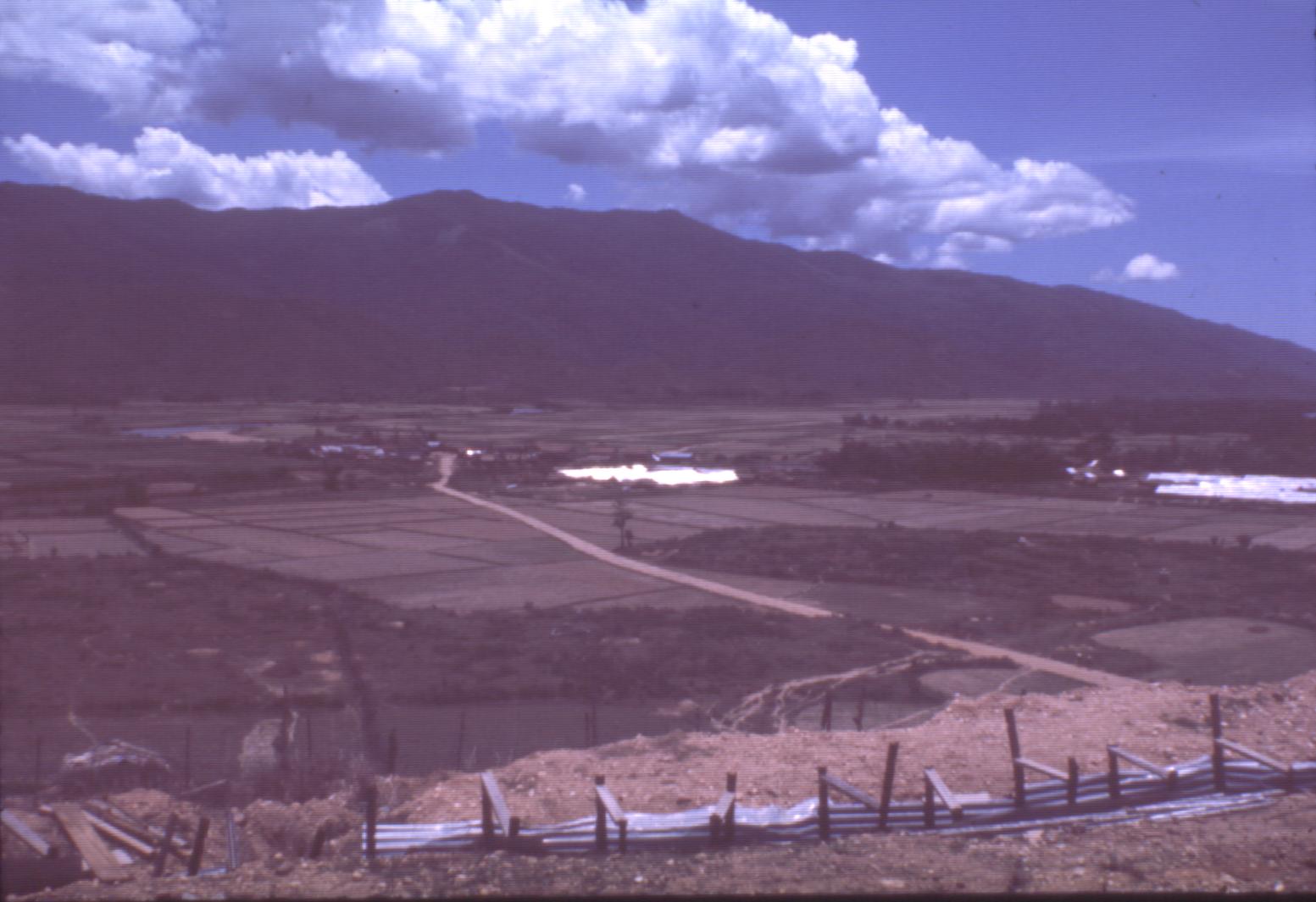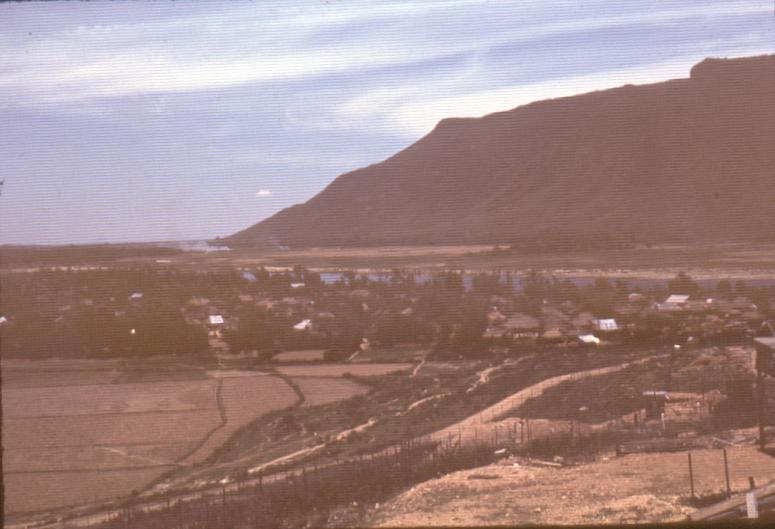By the light of the moon...
A Glimpse of the Future
As described on another web page, each team member shared in the camp's guard duty. By operating on a two-hour shift schedule the Americans had
someone awake around the clock. Most of the time spent pulling guard duty was uneventful. There was one particular night, however, that I
remember.
Nights in Viet Nam usually were very dark. The VC used this characteristic to their advantage by transporting supplies and moving troops at
night. It was such a problem that a curfew was imposed on the area surrounding camp A-109 and the neighboring village. Once it was dark, anyone
on the roads or across the river was assumed to be VC and subject to attack. This action helped to prevent a surprise attack on the camp. If one
or more individuals were seen out after dark, they would be fired upon. No indecision here... no wondering if an approaching group was friendly
or hostile. Shoot first and ask questions later. All of the villagers knew of this policy.
Looking northeast from camp...
In the foreground you can see one of the roads as it heads northeast from camp. The main village is located to the right of this picture -- out
of view. The river can be seen at the end of this road.
Note the elevation advantage of the camp. It allowed the camp to see the entire eastern portion of the valley.

Looking eastsoutheast from camp...
This picture was taken close to the .50 caliber machine gun emplacement. This position was the lowest point (in elevation) in the American
compound.
The village stretches across the middle of the picture, bordered by the river. The roads and paths leading to and from the village can be seen
near the bottom of the photo -- about 200 to 300 yards away.

One night I was 'standing guard' and got bored. For something to do, I thought I would check out the camp's new 'Star Light' scope. The star
light scope was essentially a low-light camera -- in this case mounted to an M-16. Although this technology is very common today as night-vision equipment, it was hot
stuff back in the sixties! It operated literally by the light of the stars (hence the name) and allowed the operator to 'see in the dark'. It
was rather large and emitted a high-pitched whine when being used.
I do not remember what the maximum effective range for the M-16 was. I do know that it was nowhere close to the distance between the person on
the road and me. I guessed the distance to the 'target' at 300 yards. After adjusting the muzzle elevation accordingly, I squeezed off a round!
The individual (target) stopped immediately. Although the green phosphor lacked the ability to display good details, I could see the person
looking around! Another round! The actions of the person became more animated. It was pretty obvious that he knew he was being fired upon...
but from what direction??
At that point I rattled off a seven or eight round burst! The target took off at a dead run away from the village and our camp. My last burst
of .223 caliber ammunition had no chance of hitting the target. But it did serve notice -- even at night, SF had eyes!
